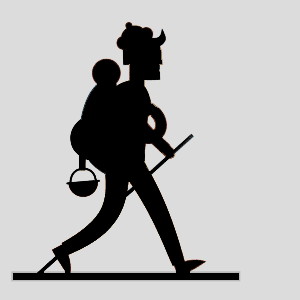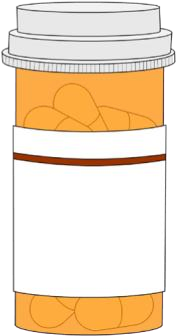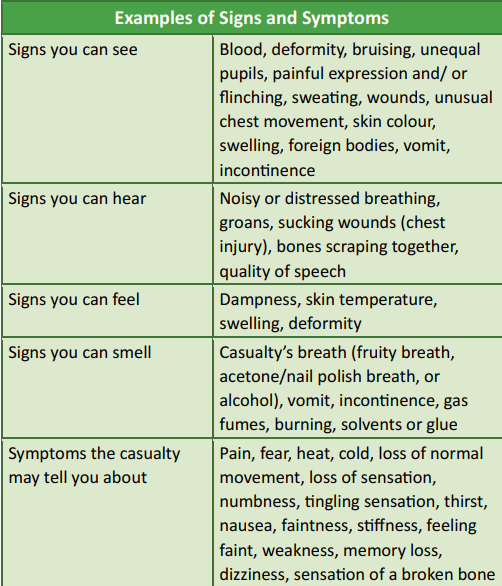
Loading...

Loading...
First aid is emergency help given to an injured or suddenly ill person using readily available
materials. A person who takes charge of an emergency scene and gives first aid is called a first
aider. The injured or ill person is called a casualty.
The three priorities of first aid, in order of importance, are,
• Preserve life
• Prevent the illness or injury from becoming worse
• Promote recovery
First-aiders do not diagnose or treat injuries or illnesses (except, perhaps when they are very minor) this is what medical doctors do. A first aider suspects injuries and illnesses and gives first-aid at the scene. Besides giving first aid, it is important to:

• Protect the casualty’s belongings
• Keep unnecessary people away
• Reassure family or friends of the casualty
• Clean up the emergency scene and work to correct any unsafe conditions that may have caused the injuries in the first place
First-aiders within a workplace may have obligations and protections under federal, provincial, and territorial legislation regarding administering medications. Refer to federal, provincial, or territorial legislation and regulations for the requirements in your area.
When assisting with medications, the first aider should check the label and ensure the
following “5-rights” are met:
• Right Person – the name of the casualty is the name on the medication
• Right Medication – is this the right medication for this situation?
• Right Amount – what are the dosing instructions
• Right Method – how is this medication to be taken? (By mouth, inhaled,
etc.)
• Right Time – is this the right time to take this medication
When referring to injuries, first aiders need to understand the signs and symptoms.
Mechanism of injury encompasses both what happened to the casualty, and how the injury has affected the casualty. It identifies the cause of the injury. Mechanisms of injury that require an ambulance right away:
• A fall from 6.5 meters (20 feet) or more
• A vehicle collision with signs of a severe impact
• Severe damage to the inside of the vehicle, a bent steering wheel, or a broken windshield
• Casualty was thrown from a vehicle
• The vehicle has rolled over
• Casualty was struck by a vehicle
• Crush injuries
When any of these mechanisms are apparent, call an ambulance as soon as you can. When we
understand the cause of the injury, we are able to predict what injuries may be present and what
injuries are not likely, even in situations in which there are no visible signs of injury and/or the casualty is unable to describe their symptoms. 
2541